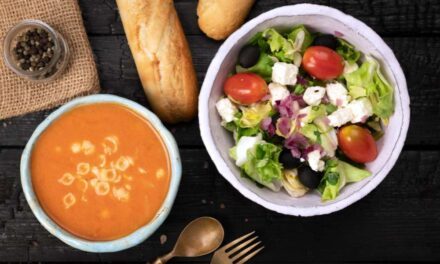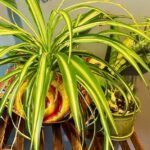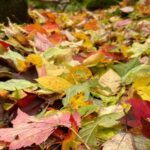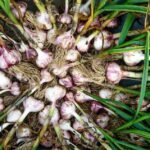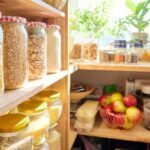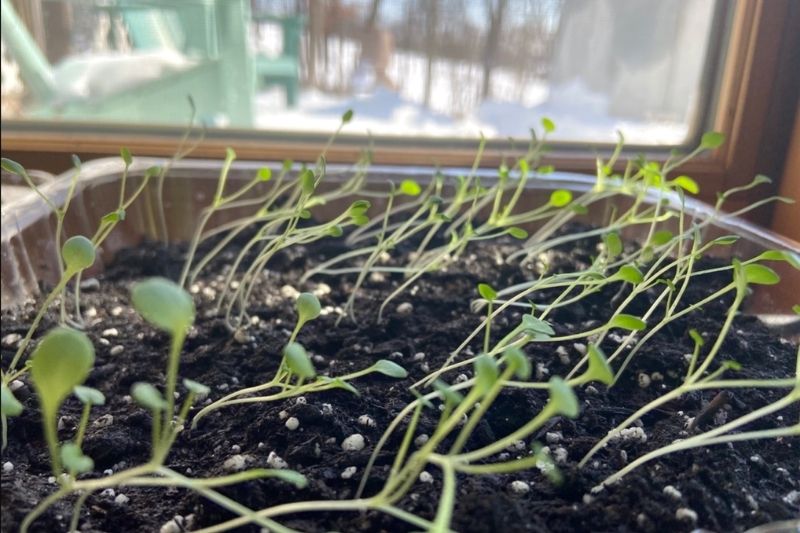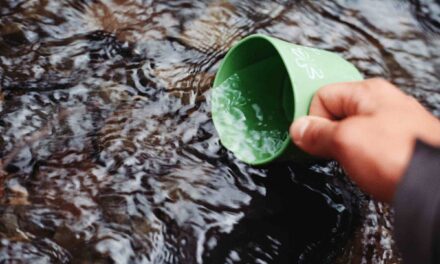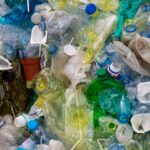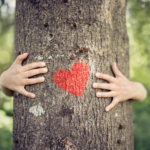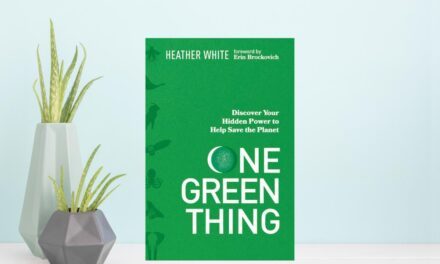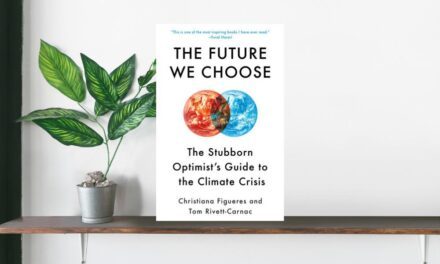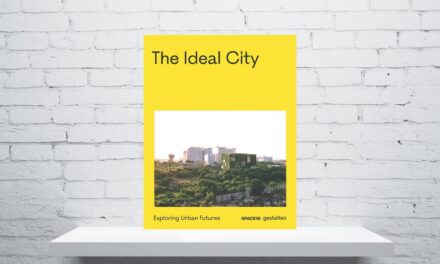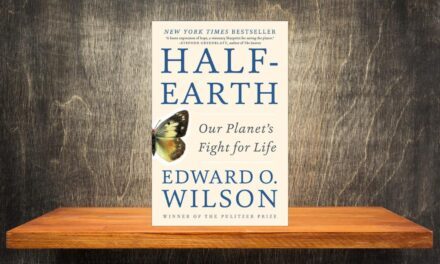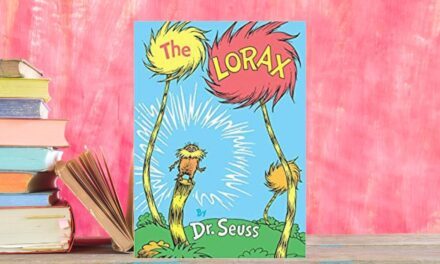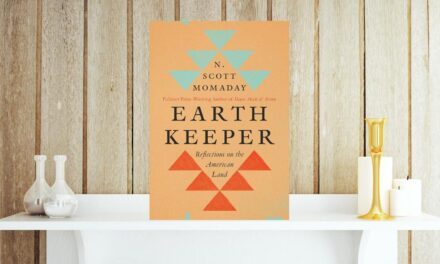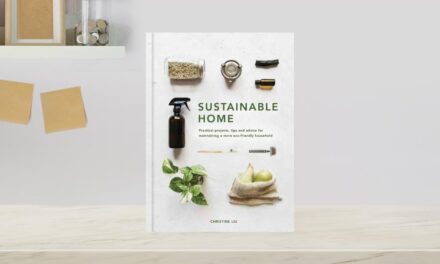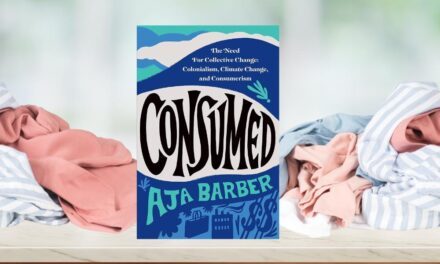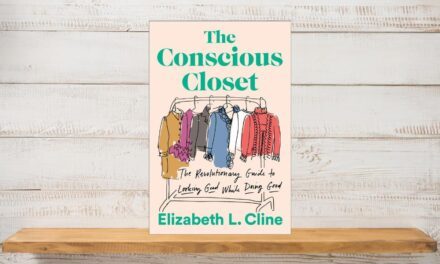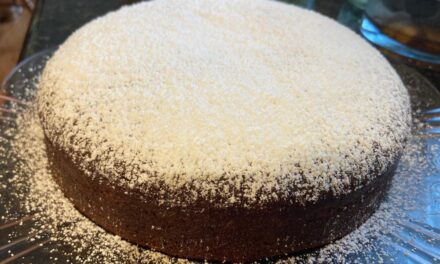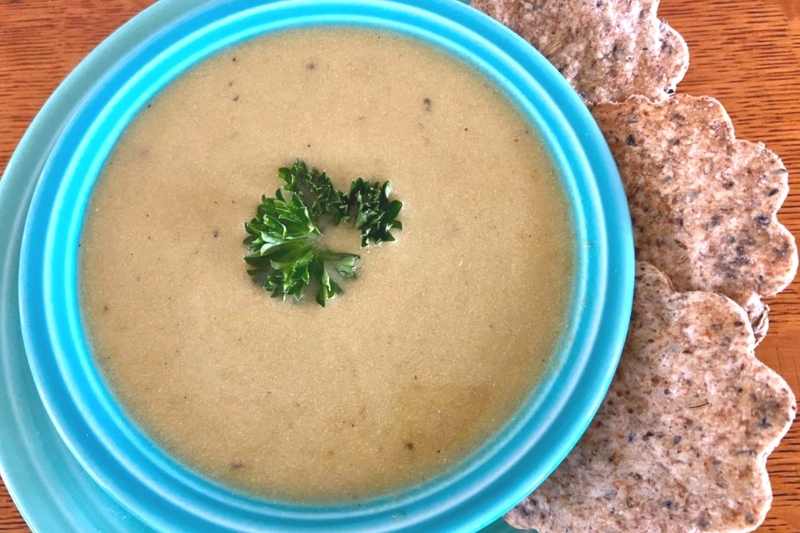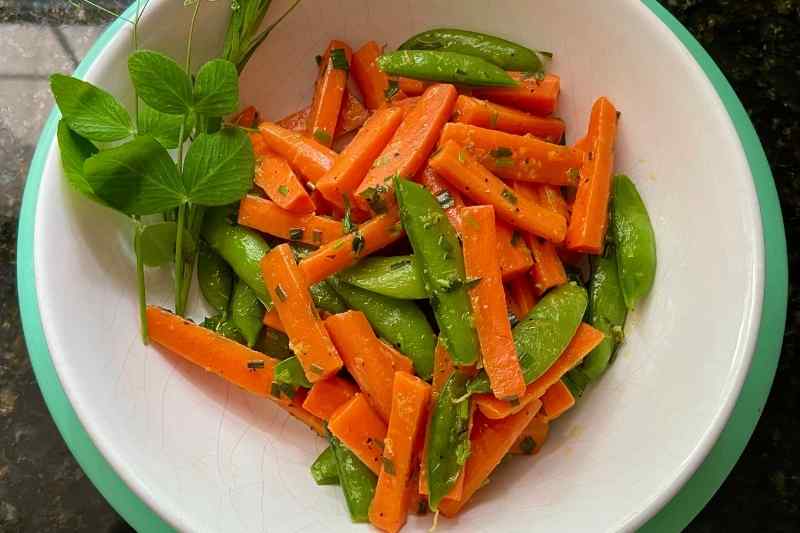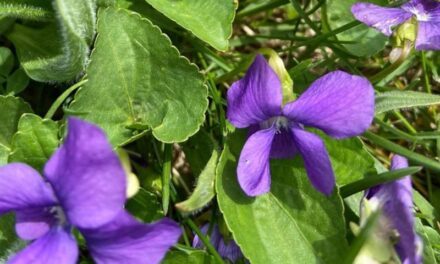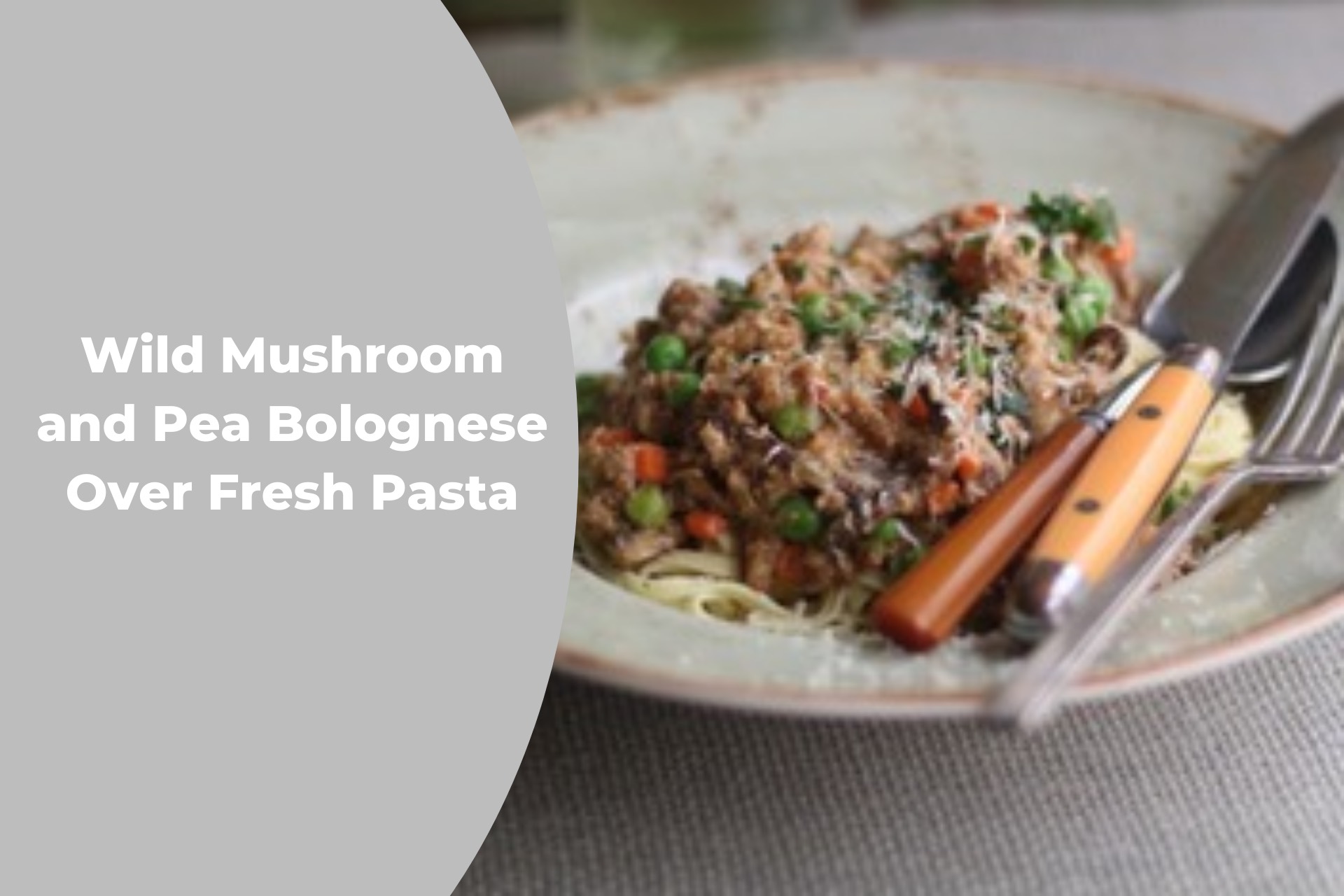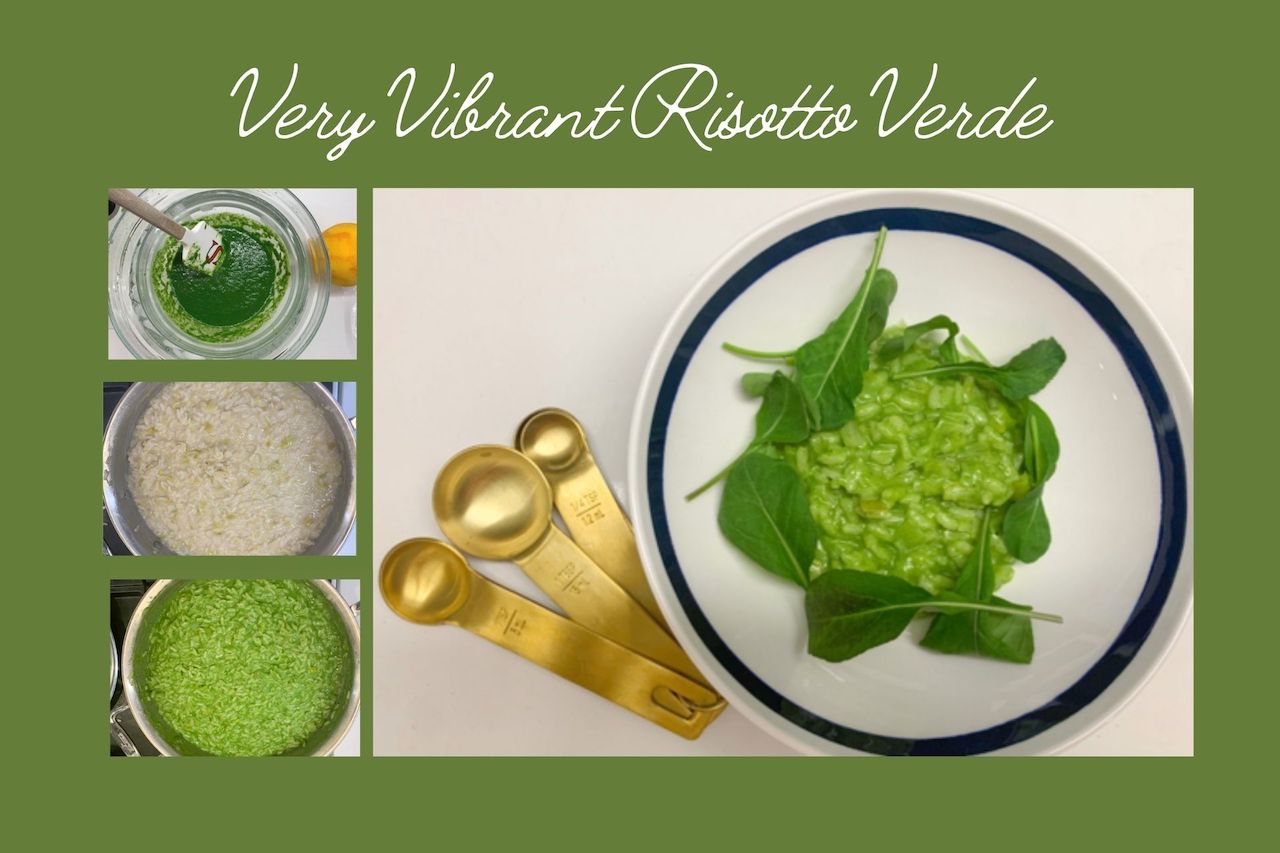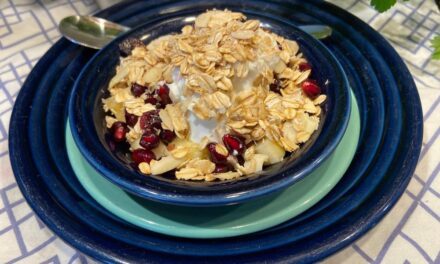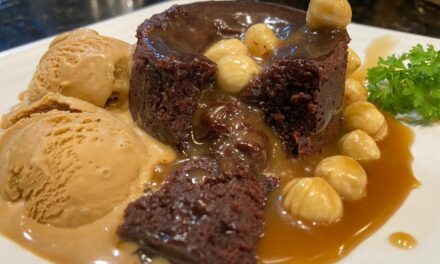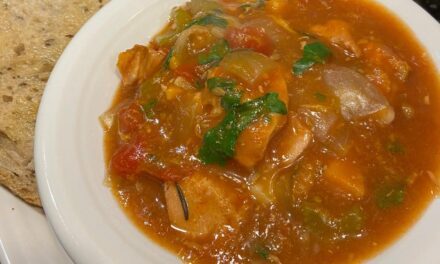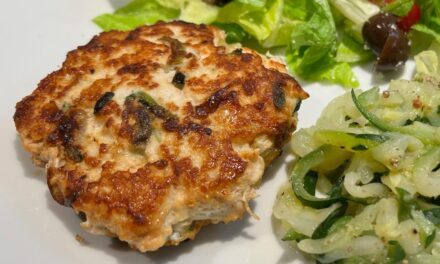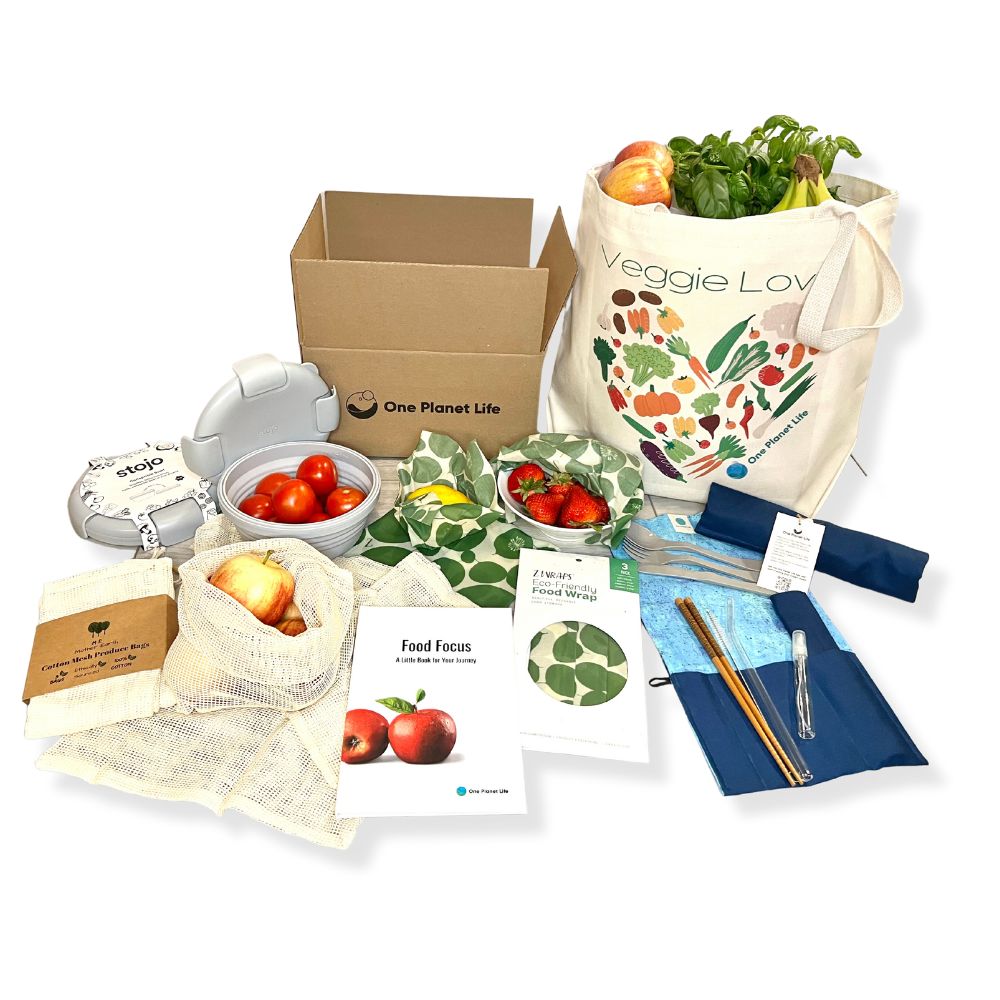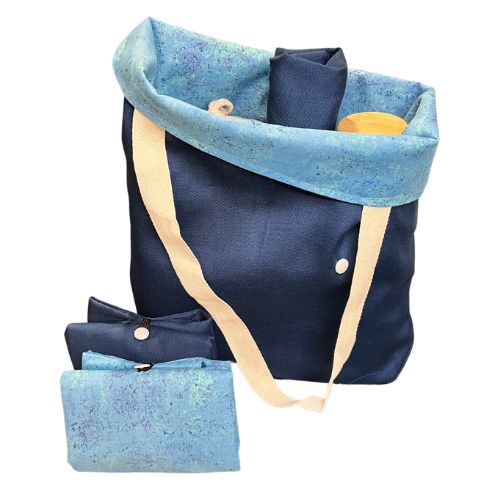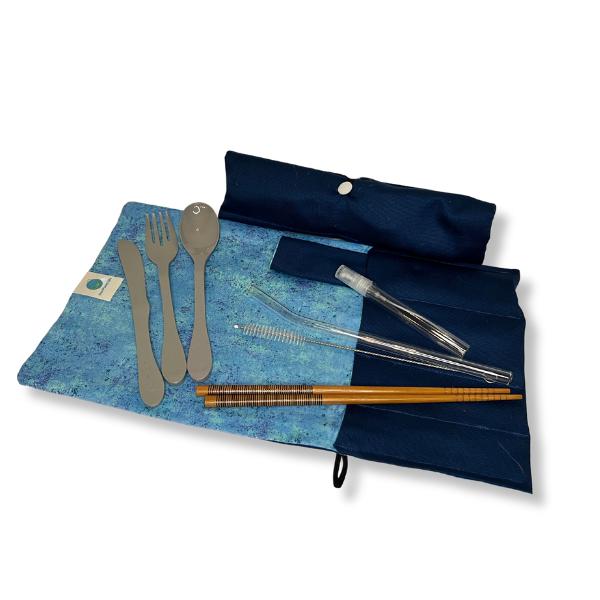Small actions made by many create a ripple effect with a significant impact.
The One Planet Life community is making a measurable impact in reducing carbon emissions. Based on the Joyful Changes being made and tracked on the One Planet Life app, together, we have reduced more than 26 tons of carbon emissions. That's equivalent to carbon greenhouse gas emissions avoided by recycling 9 tons of waste instead of sending it to a landfill! Embrace a more sustainable lifestyle, monitor your impact, and enjoy the journey! Learn more about One Planet Life.
Live Sustainably with the One Planet Life App!
Pick a journey or create your own. Reduce your carbon footprint one metric ton at a time. Earn points and award badges. Join a community of like-minded people who know their actions matter. Explore and learn from blogs and insights to support your journey. Sign up for notifications and get daily motivations to keep you inspired along your sustainability journey. Get the app today and get started!
Quality of Life
PopularNutritious Soups and Salads Recipes to Boost Your Health
Our nutrient-rich Soups and Salads recipes are a great way to incorporate vegetarian and vegan meals into your diet.
Joyful Changes
LatestBe a Warrior for Change with OPL’s Love the Earth Challenge
Earth Day is right around the corner! Be a warrior for change this year and join One Planet Life’s Love the Earth Challenge.
Protect the Planet
LatestIs Water a Human Right?
We know water is essential but is water a human need or a human right? While the distinction may seem subtle, it makes a big difference.





